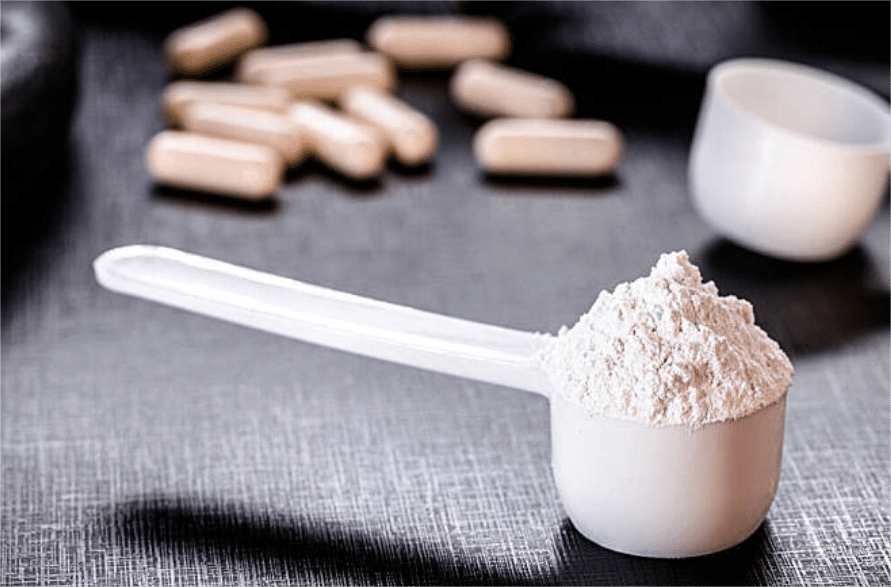
Creatine Monohydrate manufacturer
As a leading Creatine Monohydrate manufacturer, Gensei provides high-quality creatine monohydrate powder bulk for various applications. We are a trusted Creatine Monohydrate supplier with a strong presence in Creatine Monohydrate china, offering competitive pricing and reliable sourcing. Our state-of-the-art manufacturing processes ensure the purity and efficacy of our creatine monohydrate powder bulk. Choose Gensei as your preferred Creatine Monohydrate manufacturer and supplier for all your bulk creatine needs from China. We are dedicated to providing top-tier products and excellent service.
Please note: We are a wholesale supplier and have minimum order quantities.
Have questions about this product? Our team is here to help. For inquiries about multiple ingredients, please use the Contact Us option and include the list of ingredients in your message.
Creatine Monohydrate CAS No.: 6020-87-7
Chemical Name: N-Methylglycine monohydrate
Synonyms:
- Creatine, monohydrate
- (α-Methylguanidino)acetic acid monohydrate
- N-(Aminoiminomethyl)-N-methylglycine monohydrate
CB Number: CB4899772
Molecular Formula: C4H9N3O2.H2O/C4H11N3O3
Molecular Weight: 149.15 g/mol (anhydrous: 131.13 g/mol)
MDL Number: MFCD00150205

Creatine Monohydrate Manufacturing Process
(Sarcosine, Cyanamide)
(Aqueous Solution, Controlled Temp & pH)
(Filtration, Decolorization, Ion Exchange)
(Creatine Monohydrate)
(Air, Vacuum, or Spray Drying)
(Specific Particle Size)
(Testing Purity, Moisture, etc.)
how is creatine monohydrate manufactured?
1. Raw Material Sourcing:
The process begins with sourcing high-quality raw materials. The key ingredients are sarcosine (also known as N-methylglycine) and cyanamide. These are typically obtained from specialized chemical manufacturers who adhere to strict quality standards. The purity of these starting materials is crucial for the quality of the final Creatine Monohydrate product.
2. Reaction:
The heart of the manufacturing process is the chemical reaction between sarcosine and cyanamide. This reaction is usually carried out in a carefully controlled aqueous solution (water-based). The conditions are critical for maximizing the yield of creatine and minimizing the formation of unwanted byproducts.
- Temperature: The reaction is typically conducted at a specific temperature range to facilitate the chemical transformation without causing degradation.
- pH: The pH of the solution is also carefully controlled, often using acids or bases, to optimize the reaction rate and selectivity.
- Time: The reaction is allowed to proceed for a specific duration to ensure complete conversion of the raw materials into creatine.
The chemical reaction essentially involves the nitrogen atom of cyanamide attacking the carboxyl group of sarcosine, leading to the formation of the creatine molecule.
3. Purification:
After the reaction is complete, the resulting solution contains creatine along with various impurities, such as unreacted starting materials, salts, and colored substances. A series of purification steps are necessary to obtain a pure creatine solution:
- Filtration: This step removes any solid particles or insoluble impurities that may have formed during the reaction. Various types of filters, such as plate and frame filters or cartridge filters, can be used.
- Decolorization: Activated carbon is often added to the solution to adsorb and remove colored impurities, resulting in a clearer solution. The activated carbon is then filtered out.
- Ion Exchange Chromatography (Optional): For even higher purity, ion exchange resins can be used to remove ionic impurities based on their charge. The creatine solution is passed through columns packed with these resins, which selectively bind and remove the unwanted ions.
4. Crystallization:
The purified creatine solution is then subjected to a crystallization process to form solid Creatine Monohydrate crystals. This step is crucial for obtaining the desired physical form and further purifying the product.
- Concentration: The creatine solution is often concentrated by evaporating excess water to reach a supersaturated state.
- Cooling: The concentrated solution is then slowly cooled under controlled conditions. As the solution cools, the solubility of creatine decreases, causing it to precipitate out of the solution in the form of crystals.
- Seeding (Optional): In some cases, small seed crystals of Creatine Monohydrate are added to the solution to initiate and control the crystallization process, ensuring the formation of crystals with the desired size and morphology. The “monohydrate” part of the name indicates that one molecule of water is incorporated into the crystal lattice for every molecule of creatine.
5. Drying:
The Creatine Monohydrate crystals are separated from the remaining liquid (known as the mother liquor) using techniques like centrifugation or filtration. The separated crystals are still wet and need to be dried to obtain a stable, free-flowing powder with the desired moisture content. Common drying methods include:
- Air Drying: The crystals are spread out on trays and exposed to warm, dry air for a specific period.
- Vacuum Drying: Drying under reduced pressure lowers the boiling point of water, allowing for drying at lower temperatures, which can be beneficial for heat-sensitive compounds.
- Spray Drying: The liquid creatine solution (before full crystallization in some variations) is sprayed into a hot gas stream, causing rapid evaporation of the water and resulting in a fine powder.
6. Milling and Sieving:
The dried Creatine Monohydrate may form clumps or have irregular particle sizes. To ensure good solubility, flowability, and consistency in the final product, it is often subjected to milling (grinding) to reduce the particle size. Sieving (passing the powder through screens with specific mesh sizes) is then used to ensure that the particle size distribution falls within the required range and to remove any oversized particles or agglomerates.
7. Quality Control:
Throughout the entire manufacturing process, stringent quality control measures are in place. This involves:
- Raw Material Testing: Verifying the identity and purity of the incoming sarcosine and cyanamide.
- In-Process Monitoring: Regularly checking reaction parameters like temperature, pH, and time.
- Final Product Analysis: Analyzing the finished Creatine Monohydrate powder for:
- Purity: Using techniques like High-Performance Liquid Chromatography (HPLC) to determine the percentage of creatine monohydrate.
- Moisture Content: Ensuring it is within the specified limits for stability.
- Heavy Metal Levels: Checking for the presence of any harmful heavy metals.
- Other Impurities: Testing for the absence of unwanted byproducts or contaminants.
- Particle Size Distribution: Verifying that the powder meets the required fineness.
8. Packaging:
The final step is packaging the high-quality Creatine Monohydrate powder into appropriate containers. These containers are designed to protect the product from moisture, light, and other environmental factors that could degrade its quality and shorten its shelf life. Packaging is typically done in a clean and controlled environment to prevent contamination.
This detailed explanation provides a more thorough understanding of the various stages involved in the industrial manufacturing of Creatine Monohydrate. Each step is carefully controlled and monitored to ensure the production of a safe and effective product.
Our State-of-the-Art Manufacturing Facilities
Explore our modern facilities equipped with advanced technology to ensure the highest quality in the production of your vitamins, herbal extracts, minerals, and amino acids.

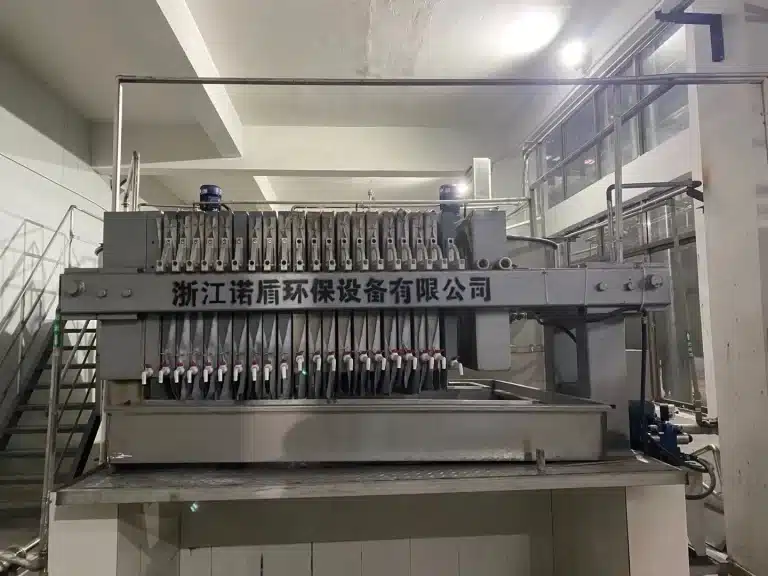
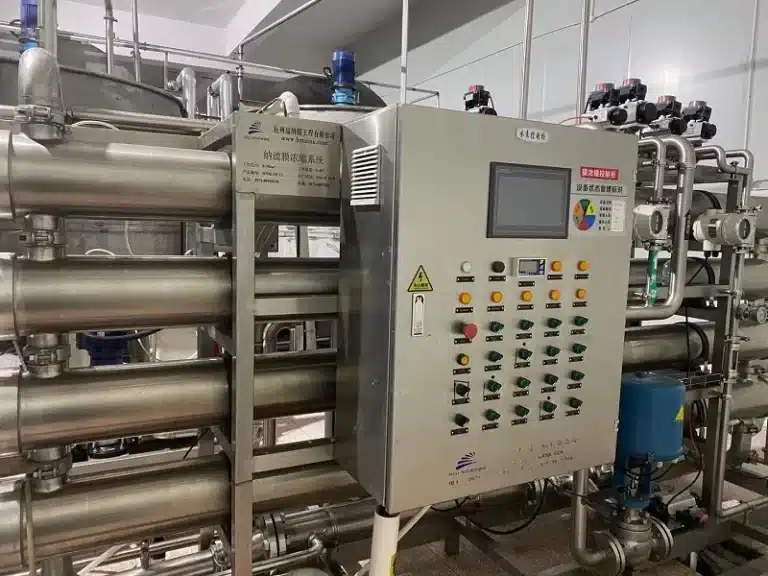
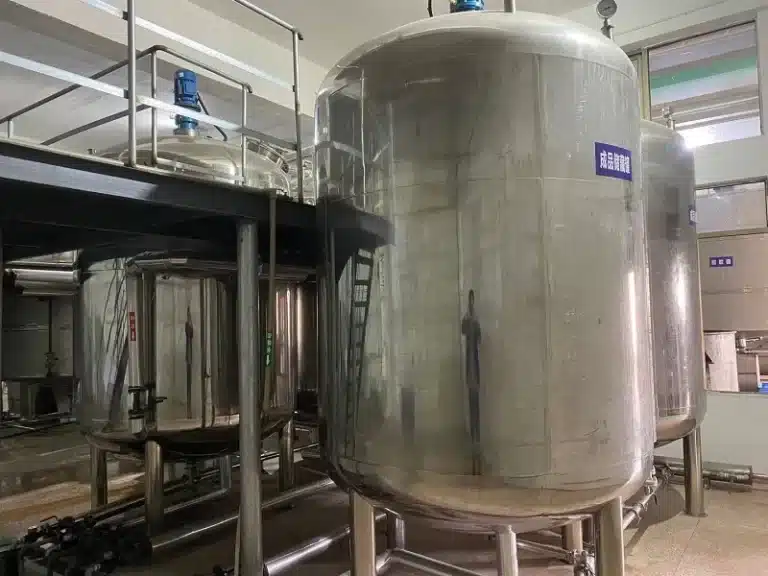
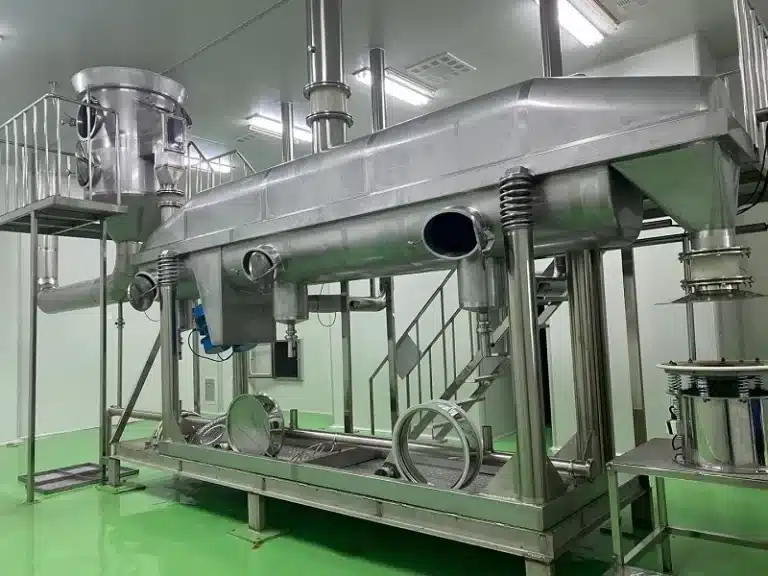




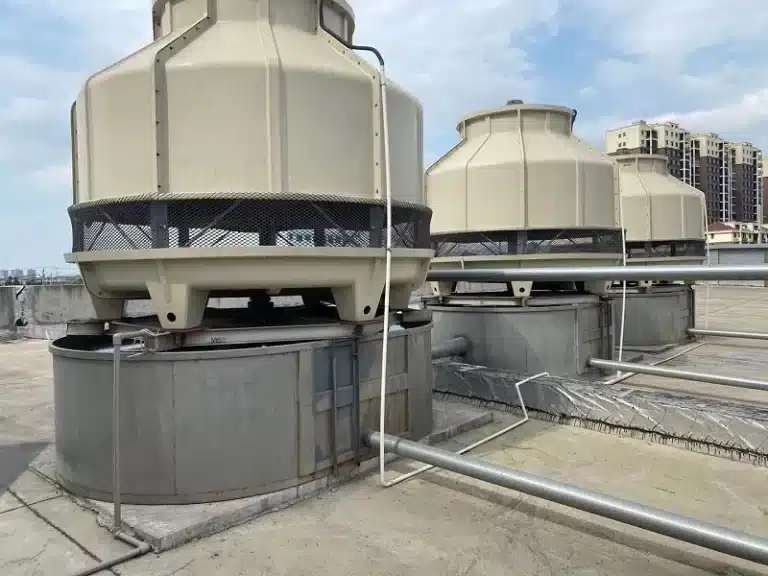
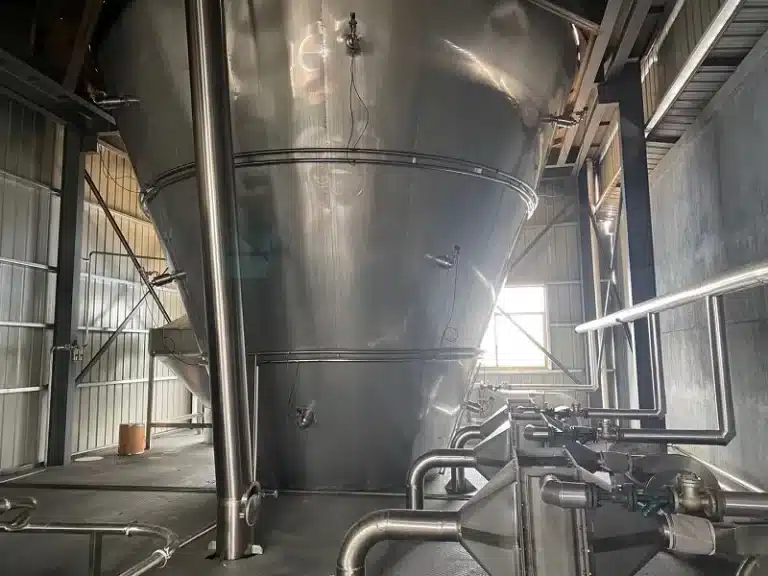
FAQs
Some studies suggest creatine monohydrate may have potential benefits for blood sugar control and insulin sensitivity. However, individuals with diabetes should always consult their doctor or a registered dietitian before taking creatine monohydrate to ensure it's safe for their specific condition and won't interact with their medications.
In healthy individuals taking creatine monohydrate at recommended doses, most studies do not show a significant increase in blood pressure. However, individuals with pre-existing hypertension should consult their doctor before using creatine, as more research is needed in this specific population.
While the chemical structure of creatine monohydrate is the same across different products, the quality can vary significantly based on the manufacturing processes, purity levels, and potential contaminants. It's important to choose reputable brands that use high-quality ingredients and undergo third-party testing for purity.
Yes, creatine monohydrate has a shelf life and will have an expiration date printed on the packaging. Over time, it can slowly degrade, although it's generally quite stable. It's best to use it before the expiration date to ensure optimal potency.
Some research suggests that creatine monohydrate can be safe and potentially beneficial for teen athletes involved in high-intensity sports. However, it's generally advisable for teenagers to consult with their doctor or a registered dietitian before starting any supplement, including creatine, to ensure it's appropriate for their individual needs and health status.
The creatine monohydrate you buy as a supplement is already a processed and refined product. The term "raw" isn't typically used to describe different grades of creatine monohydrate available to consumers. What you purchase is the intended form for consumption.
There are no known significant interactions between Viagra (sildenafil) and creatine monohydrate. However, if you have any underlying health conditions or concerns, it's always best to consult with your doctor before combining any supplements with prescription medications.
Yes, creatine monohydrate can degrade over time, especially if exposed to moisture or high temperatures. This can lead to a decrease in its effectiveness. Storing it in a cool, dry place in an airtight container is recommended to maintain its quality.
Con-Cret is a brand name for creatine hydrochloride (HCl). While both are forms of creatine, creatine monohydrate is the most well-researched and widely used form, with a strong body of evidence supporting its effectiveness. Creatine HCl is marketed as having better solubility and requiring lower doses, but more research is needed to definitively compare its efficacy to monohydrate. For most people, creatine monohydrate is a cost-effective and proven option.
Creatine monohydrate itself contains very few calories (essentially zero). For most individuals following a fast for general health benefits or caloric restriction, taking creatine monohydrate is unlikely to significantly impact the fast. However, for very strict metabolic fasts where any caloric or non-caloric intake might be restricted, it could technically be considered breaking the fast. The context of the fast matters.
There is generally no benefit to taking both creatine HCl and creatine monohydrate together. It's usually recommended to choose one form and stick with it. Combining them is unlikely to provide any additional advantages and could potentially lead to gastrointestinal discomfort in some individuals.

